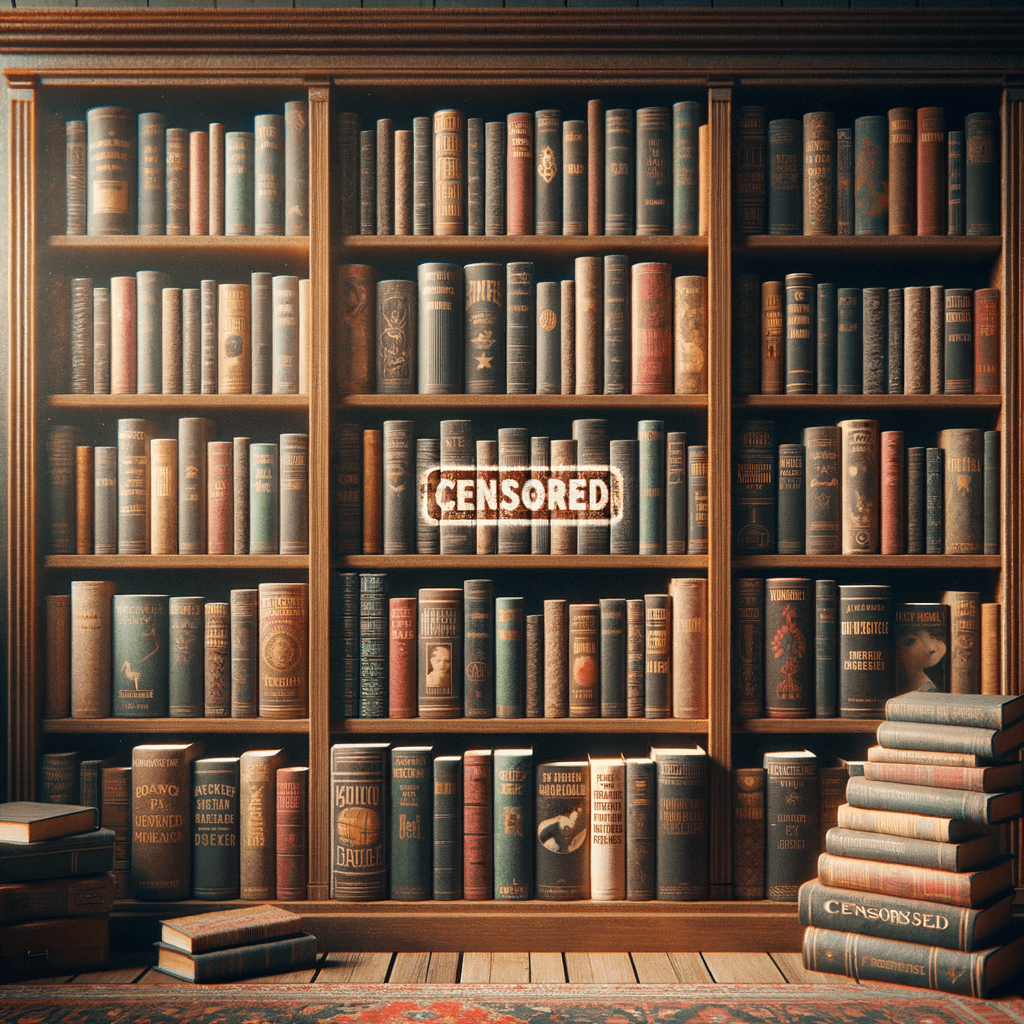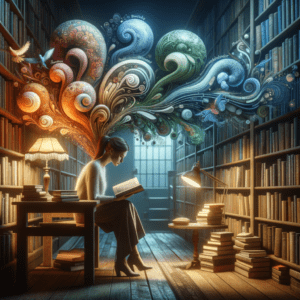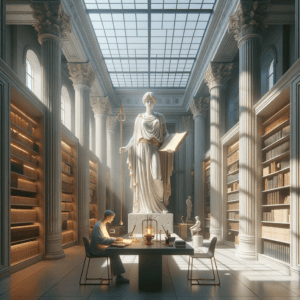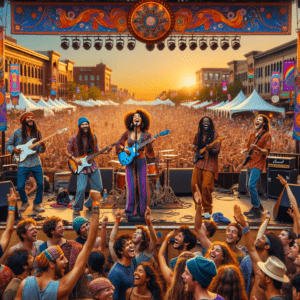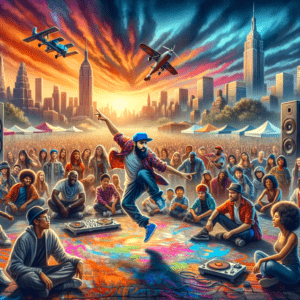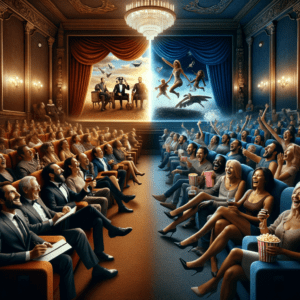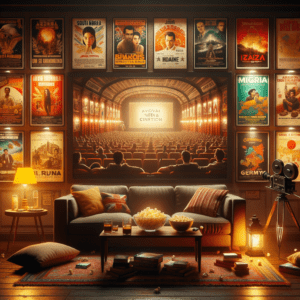There’s just something about a forbidden book, isn’t there? It’s like someone telling you not to eat the last cookie, and suddenly that cookie is all you can think about. If you’re like me—a total bookworm—you get a peculiar thrill from flipping through pages steeped in controversy. There’s this irresistible curiosity about why exactly they’re tucked away. I mean, stories are supposed to be shared, not locked up. And even though I wish our favorite books were universally adored, history serves up a fascinating, if a little nerve-wracking, tale of books that ruffled societal feathers.
To Kill a Mockingbird – Harper Lee
This book barged into America’s living room and just plopped down without invitation, kicking its feet up and shaking things up. Published in 1960, it was like a reflective mirror during a time when America was grappling with its own identity. Harper Lee shone a glaring light on racism, law, and conscience, and, well, not everyone was happy to see their prejudices splashed across the furniture, even if through the eyes of a child.
Schools and libraries gave it the cold shoulder for its racial themes and language. But the irony? It’s those very themes that make it essential. I mean, it makes you think, squirm a bit, question the world around you—everything a good book should do, right? Plus, it teaches empathy, which I think we can all agree is pretty undervalued these days.
1984 – George Orwell
Have you ever felt like you were being watched? Orwell’s “1984” makes you feel that in spades. It’s the book that gave us Big Brother—that unsettling, all-seeing government. Published back in 1949, this wasn’t just fiction; it was a look into a future that felt too close for comfort. Surveillance, censorship, and lost freedoms straight out of a nightmare.
It’s no wonder the book was banned, especially by regimes fearing Orwell got a little too real about government control. They probably didn’t want readers waking up to any funny business. And honestly, I think Orwell was throwing us a lifeline—hoping we’d cherish our freedoms a bit more.
The Catcher in the Rye – J.D. Salinger
A buddy of mine once said reading this was like being in the mind of a wayward soul. Holden Caulfield felt like the anthem of teenagers—searching, rebelling, questioning. Released in 1951, Salinger was kind of handing teenagers a ticket to explore their doubts about the world.
Not everyone was thrilled about that though. With its cheeky language and rebellious streak, the book rubbed some folks the wrong way, especially the ones worried about moral and religious virtues. It’s laughable if you ask me because, well, teenagers have been up to and thought worse before and after Salinger. It just captures the angst we all know too well.
Brave New World – Aldous Huxley
Before Neo or Trinity, Huxley took us on a trip into a seemingly perfect world with “Brave New World.” Imagine a place with no pain, no conflict—a utopia, right? But scratch that shiny surface and things are not as idyllic, just people numbed by tech and consumption.
The bans targeted its portrayals of a society without family bonds or individuality, and the moral debates about eugenics, sex, and drugs didn’t help its case. Yet, Huxley dared to nudge us, asking what price we’re willing to pay for perfection.
The Grapes of Wrath – John Steinbeck
“The Grapes of Wrath” is almost like peeping into the grit and soul of people clawing for hope during bleak times. It shed light on the harsh angle between rich and poor amidst the Dust Bowl and Great Depression.
Surprisingly, its accolades didn’t spare it from accusations of communism, particularly by big agribusinesses. Who would’ve thought, right? But that’s testament to how deeply Steinbeck touched on uncomfortable societal truths—so much so that it freaked out the power players.
Lolita – Vladimir Nabokov
Now here’s a book that’s tangled in controversy right from page one. Nabokov’s “Lolita,” with its haunting prose and unsettling themes, didn’t just toe the line—it danced right on it.
Banned in many places due to its taboo content, it’s a challenge yet strangely beautiful. It makes art do what art should—move, haunt, and dare us to question. That’s why, as uncomfortable as it is, it carved its place as a daring cultural milestone.
Animal Farm – George Orwell
Orwell sure had a knack for unsettling narratives. “Animal Farm” was no ordinary tale; it was a bold satire depicting the pitfalls of Stalinism through rebellious farm animals.
Amidst shifting political landscapes, it poked at oppressive regimes hard enough for them to shy away, fearing the revolutionary sparks it might ignite. Orwell pulled strings of allegory expertly, exposing uncomfortable truths left and right—proof of the pen’s power.
Fahrenheit 451 – Ray Bradbury
“Fahrenheit 451” smoldered with irony like no other. Written in 1953, it painted a world where books were burned—that’s a special kind of chilling. Bradbury aimed his pen sharply at censorship, the irony being it faced bans for its language and references to religion.
It’s comically paradoxical, banning a book about banning books. But maybe that just speaks volumes about human nature, round and round we go!
The Satanic Verses – Salman Rushdie
“The Satanic Verses” takes the cake when we talk about stirring controversy. Released in 1988, it put Salman Rushdie smack dab in the center of a whirlwind, all because of perceived insults to Islam amidst its themes.
The resulting chaos—bans, protests, and even a fatwa—serve as stark reminders of how belief and free expression can collide with explosive outcomes. It definitely left a mark on debates about artistic freedom.
Ulysses – James Joyce
“Ulysses” comes to mind when I think of literature that’s all kinds of complex but wonderfully so. Joyce crafted a single day into an epic through stream-of-consciousness, but its explicit sections ruffled feathers significantly.
It was banned pretty widely until a landmark ruling freed it from “obscenity” shackles, cementing its literary significance amidst initial outrage.
In the end, the tangled dance between literature and censorship is a wild one, kind of like an ongoing thunderstorm. Beyond their pages, these books echo deeply—spotlighting societal fears, norms, and challenging them at every turn. For readers like us, they’re more than stories; they’re keys to understanding the human condition. My curious heart will always find delight in those forbidden tales because each holds a hidden world waiting to be discovered.

